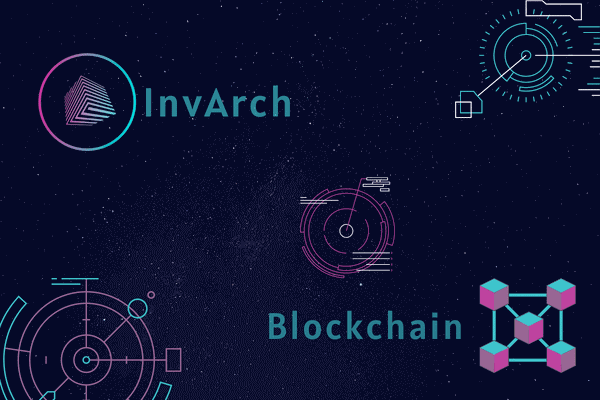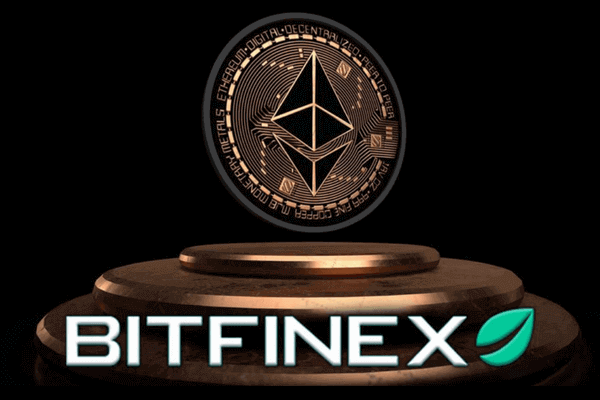Blockchain redefines the framework for IP with architecture fit for Web3
Living in the world we are in today, there is no shortage of ideas, they are coming up every day. The concept of decentralized technologies, like NFTs, addresses some concerns. Each NFT is designed with the power to hold immutable ownership over a specific instance of data.
To enable the use of NFTs for IP on a greater scale, InvArch is taking the lead in developing a new architecture fit for Web3. The platform consists of three protocols that authorize the network to provide the most fluid system for its users.
One team member shared that instead of trying to figure out and define the rules of how IP can be managed, InvArch redefines the network so that the rules can be rewritten to protect and empower individuals in the future. How the internet is changing, so is the IP.
One of these mentioned protocols is the INV4 protocol, that’s Invention, Involvement, Inventory, and Investment. And this protocol provides a structure for all the assets on the InvArch network. These could be any of the folders, files, and licenses of Web2, which are then combined with fungible and nonfungible token technologies of Web3.
We can see this in the IPL Pallet, a part of the protocol for IP Licensing. Users can tap into a catalog of copyright licensing and trade secret licensing, and trademarks as well.
As users browse through agreements, they will also come across persistent and features terms, with native licensing agreements, or they can take advantage and upload a custom set of terms.
On its way to building the foundation for Web3 IP, InvArch has accomplished a couple of successes, including admission into the Substrate Builders Program, a grant from the Web3 Foundation, and raising 1.75 million dollars in a seed round.
Looking forward, the team shares remarkable events on their roadmap, including the release of the InvArch network on Polkadot, the launch of the Tinkerne Parachain, and the deployment of their GitArch app.
Related Posts





